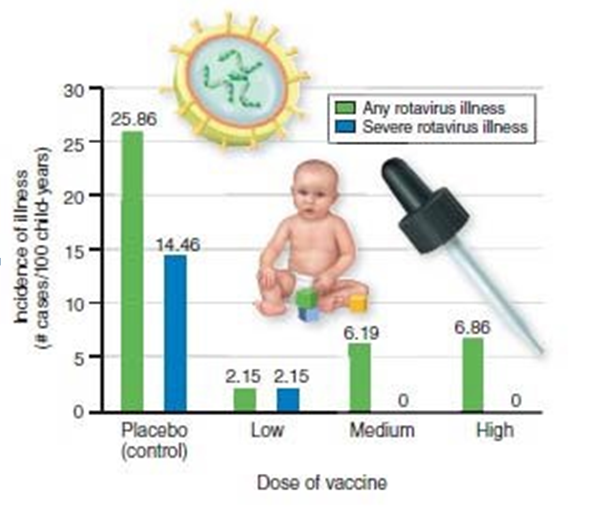Keeping internal conditions within tolerable limits is called ____
a. maintenance
b. anatomy
c. physiology
d. homeostasis
e. equilibrium
ANSWER: d
You might also like to view...
You have recently identified a novel protein and obtained its sequence. How could you use this sequence to predict the function of the protein?
A. By using the sequence to make antibodies against the protein. B. By determining the secondary structure of the protein. C. By determining the DNA sequence that could encode the protein. D. By looking for conserved domains.
The organelle that best enables an athlete's tissues to be metabolically active are
A. ribosomes. B. lysosomes. C. smooth endoplasmic reticulum. D. mitochondria. E. contractile vacuoles.
Which of the following is NOT a bias that could be encountered when investigating the role of
competition in a community?
a. More studies are published when competition is a factor. b. More studies in K-selected species than in r-selected species. c. The importance of competition may be overestimated. d. The importance of competition may be underestimated. e. The assumption that evolution never occurs.
In the graph, the X-axis is showing different doses of vaccine, including "placebo," "low," "medium," and "high." These levels of vaccine were applied to different groups of babies to test if and how much the vaccination helped reduce the incidence of rotavirus, an illness that can quickly dehydrates infants to critical or fatal levels. These dosages in this medical study represent

This figure shows graphed medical research results from a study on a new vaccine. The research was done in an effort to determine if a new vaccine would be effective in preventing potentially dangerous rotavirus infections in infants. Green data bars represent occurrence of infant cases that had normal rotavirus strains that aren't critically dangerous. Blue data bars represent occurrence of infant cases that had more dangerous rotavirus strains that can hospitalize or lead to fatality of infants.
A. the independent variable.
B. the standardized variable.
C. the dependent variable.
D. the control group.
E. the placebo.